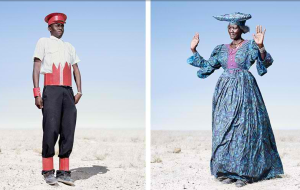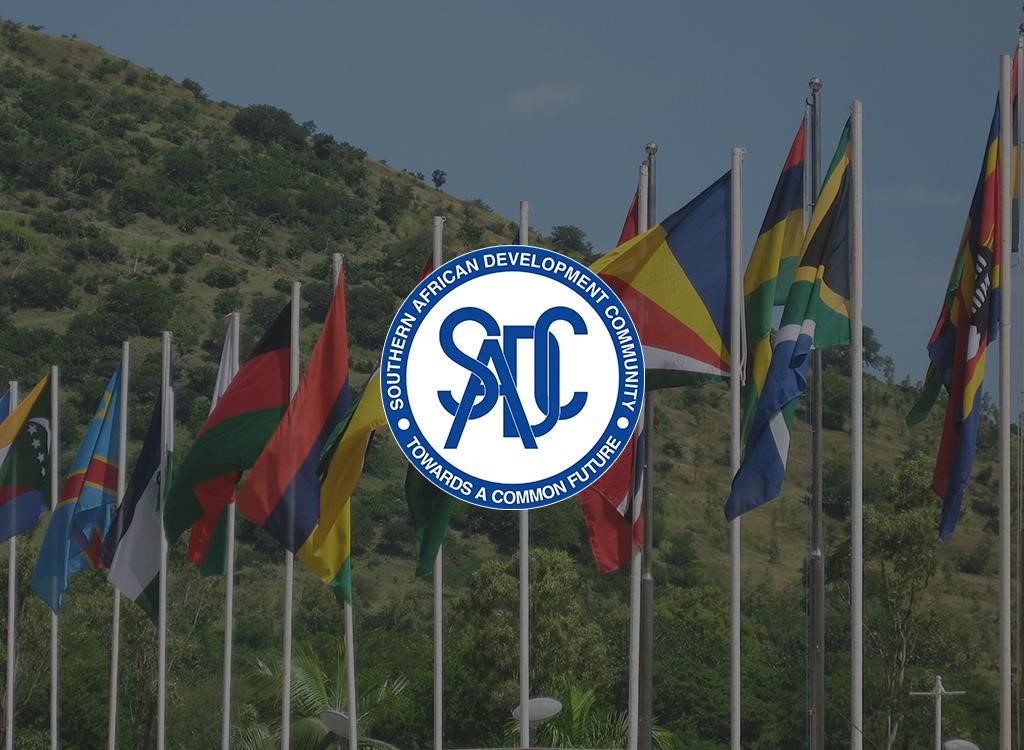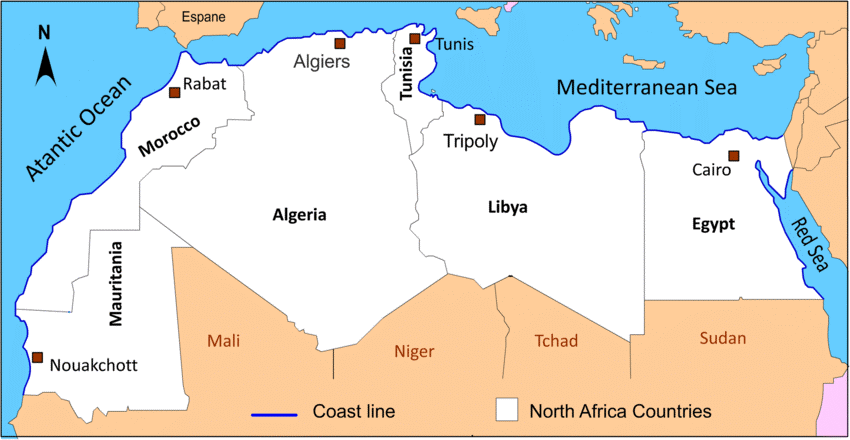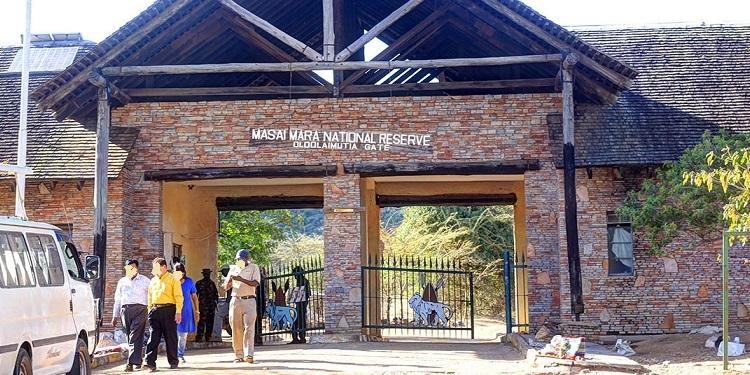The dress code of Namibia varies depending on the occasion, cultural background, and regional differences. The country is home to diverse ethnic groups, each with its unique cultural clothing styles. Moreover, Namibia is a blend of modern western culture and traditional African styles, which influence the dress code.
Traditional Dress Code Traditional dress in Namibia is a symbol of cultural identity and heritage. The Himba people in northern Namibia wear distinctive clothing made of animal skins, beads, and jewelry. They adorn their bodies with ochre, a red clay-like pigment, as a form of beautification. The Herero people, on the other hand, wear voluminous dresses, which symbolize their resistance to colonialism. The dresses are reminiscent of the Victorian era, and women wear horn-shaped hats to represent the cows they hold dear to their culture (Nakale, 2016).
Modern Dress Code Namibia’s modern dress code is a blend of western styles and African prints. Western-style clothing is common among urban and young people in the country. Men wear shirts and trousers, while women wear dresses, skirts, and blouses. The younger generation often adopts casual clothing styles such as jeans, t-shirts, and sneakers.
Formal Dress Code Formal dressing in Namibia is usually conservative and follows western styles. Men wear suits and ties, while women wear suits, dresses, or skirts and blouses. In formal events such as weddings, women often wear colorful dresses made from African prints, while men wear suits with African print accessories such as ties or pocket squares.
Religious Dress Code Namibia is a religiously diverse country, and different religious groups have different dress codes. Christian denominations, which make up the majority of the population, have no specific dress codes. However, some churches may require modest clothing, such as avoiding revealing clothing or shorts. Muslims, on the other hand, follow the Islamic dress code, which requires modesty in clothing, such as wearing loose-fitting clothing and covering their heads for women (Johannes, 2014).
In conclusion, Namibia’s dress code varies depending on the occasion, cultural background, and regional differences. Traditional clothing styles are significant in the country’s culture and reflect the different ethnic groups’ heritage. Modern clothing styles are a blend of western and African prints, while formal dressing is conservative and follows western styles. Religious groups have different dress codes, with Christians having no specific dress codes, while Muslims follow the Islamic dress code for modesty.

References:
Kallie Szczepanski. (2021, February 19). Namibia: History, Geography, Government, and Culture. Retrieved from https://www.thoughtco.com/namibia-overview-1433536
Kirsten McKenzie. (2018, August 21). The Herero and Namaqua Genocide: The Story of a Hidden Crime. Retrieved from https://www.dw.com/en/the-herero-and-namaqua-genocide-the-story-of-a-hidden-crime/a-45214644
Peter Polack. (2019). The Last Hot Battle of the Cold War: South Africa vs. Cuba in the Angolan Civil War. New York: Casemate Publishers.
Central Intelligence Agency (CIA). (2022). The World Factbook: Namibia. Retrieved from https://www.cia.gov/the-world-factbook/countries/namibia/
Nations Encyclopedia. (2022). Namibia. Retrieved from https://www.nationsencyclopedia.com/economies/Africa/Namibia.html
Time and Date. (2022). Windhoek, Namibia. Retrieved from https://www.timeanddate.com/worldclock/namibia/windhoek
World Bank. (2022). Namibia. Retrieved from https://data.worldbank.org/country/namibia
Kotze, R. (2016). Climate of Namibia. In Climate change impacts on Namibian agriculture: An overview (pp. 13-24). Springer International Publishing.
Mendelsohn, J., Jarvis, A., Roberts, C., & Robertson, T. (2000). Atlas of Namibia: A portrait of the land and its people. David Philip Publishers.
Central Intelligence Agency. (2022). The World Factbook: Namibia. Retrieved from https://www.cia.gov/the-world-factbook/countries/namibia/
Kamwi, A. J. (2016). A comparative study of Oshindonga and Oshikwanyama orthographies. Journal of Language Teaching and Research, 7(4), 798-806.
Koerner, E. F. K. (2018). Linguistic genocide in colonial Africa. Routledge.
Möhlig, W. J. G. (2018). Afrikaans in Namibia: Language, identity and power. Journal of Namibian Studies: History Politics Culture
World Bank. (2022). Doing Business 2022: Comparing Business Regulation for Domestic Firms in 190 Economies. Washington, DC: World Bank.
Council on International Educational Exchange (CIEE). (n.d.). Study abroad in Namibia. Retrieved February 28, 2023, from https://www.ciee.org/go-abroad/college-study-abroad/programs/namibia
University of Namibia (UNAM). (n.d.). Study abroad opportunities. Retrieved February 28, 2023, from https://www.unam.edu.na/international/study-abroad-opportunities
Namibia Tourism Board. (2021). Attractions. Retrieved from https://www.namibiatourism.com.na/attractions/
Benesse, M. (2018). Namibia Food Guide: 13 Dishes to Eat While in Namibia. SafariBookings. https://www.safaribookings.com/blog/namibia-food-guide
Culinary Africa. (2022). Namibian Food. https://culinaryafrica.com/namibian-food/
Namibia Tourism Board. (n.d.). Namibian Cuisine. https://www.namibiatourism.com.na/cuisine/
Caprivi Arts Festival. (2021). Retrieved from https://www.namibiatourism.com.na/things-to-do/festivals-and-events/caprivi-arts-festival
Himba Cultural Festival. (2021). Retrieved from https://www.namibiatourism.com.na/things-to-do/festivals-and-events/himba-cultural-festival
Kaombe Festival. (2021). Retrieved from https://www.namibiatourism.com.na/things-to-do/festivals-and-events/kaombe-festival
Namibian Carnival. (2021). Retrieved from https://www.namibiatourism.com.na/things-to-do/festivals-and-events/namibian-carnival
Ongwediva Annual Trade Fair. (2021). Retrieved from https://www.namibiatourism.com.na/things-to-do/festivals-and-events/ongwediva-annual-trade-fair
Republic of Namibia. (2021). Retrieved from https://www.gov.na/service/public-holidays
Herero Day. (2021). Retrieved from https://www.namibiatourism.com.na/things-to-do/festivals-and-events/herero-day
Johannes, S. (2014). Namibia: Dress Code for Islamic Women Stirs Controversy. All Africa. Retrieved from https://allafrica.com/stories/201405280475.html
Nakale, A. (2016). The Herero dress: A symbol of Namibian culture. New Era. Retrieved from https://neweralive.na/posts/the-herero-dress-a-symbol-of-namibian-culture




